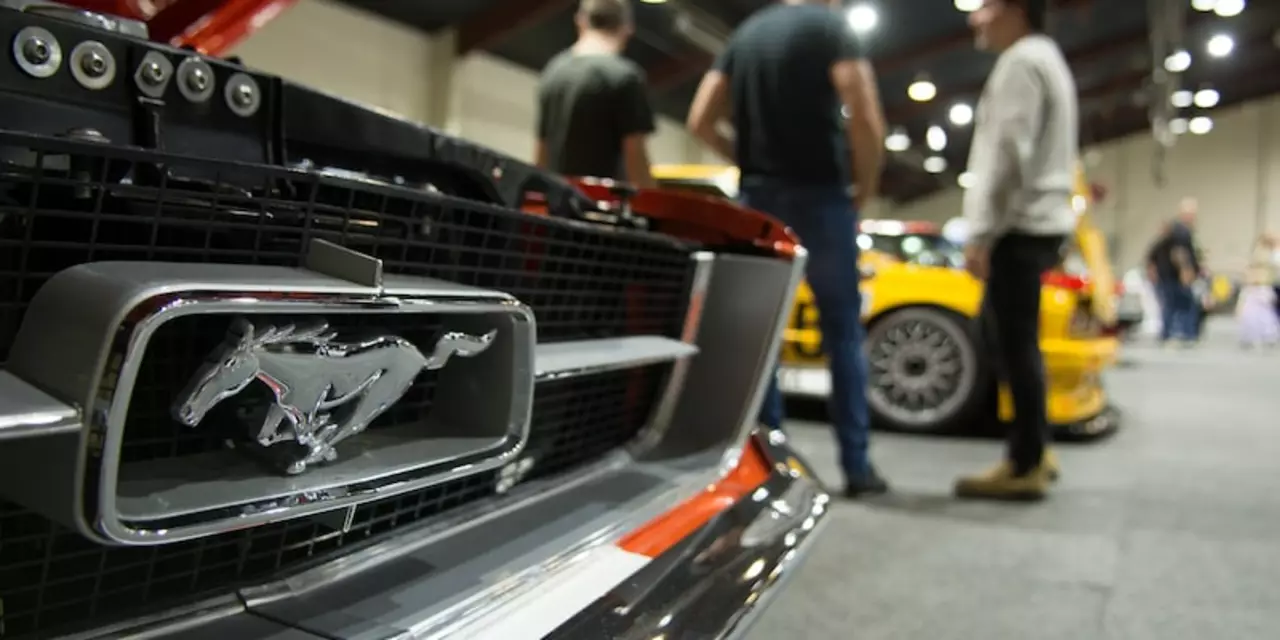Danger in Motorsports: What Makes Racing So Risky?
When you watch a car scream around a corner or a bike lean hard into a turn, the first thing you feel is danger. It’s that rush of adrenaline that keeps fans glued to the screen and makes participants love the sport. But behind the excitement is a mix of speed, physics, and split‑second choices that can turn a great race into a scary moment.
Everyday Hazards on the Track
Speed is the biggest enemy. A Formula 1 car can hit 320 km/h, and even a superbike tops 300 km/h. At those numbers, a tiny mistake means the world flies past in a flash. Slip‑points, oil patches, or a sudden gust of wind can send a rider off the line in an instant.
Another hidden danger is the track layout itself. Long straights give cars the chance to build speed, but tight chicanes force drivers to brake hard. Those heavy braking zones stress the brakes, tires, and the driver’s nerves. Miss a brake marker by a fraction of a second, and you could lock up, spin, or even collide with another car.
Racing isn’t just about the machines; it’s also about the people sharing the circuit. A crowded start, a rescue car entering the track, or a spectator too close to the action adds more risk. That’s why every series has strict rules about where people can be and how fast a safety car must move.
How Drivers Stay Safe
Safety starts with the gear. Modern helmets use carbon fiber and foam that absorb impact, while racing suits are made from fire‑resistant material that can survive several seconds of flame. Even the shoes are designed to help a driver control the pedal even when the car bounces.
The car itself is a safety machine. Crash structures, roll cages, and energy‑absorbing foam are all built to protect the driver’s body. In electric racing, the battery pack is placed in a protected cell that won’t explode even if the car hits a wall.
Beyond equipment, drivers train for danger. They spend hours on simulators that replicate the feel of an actual crash, so they know how to react when things go wrong. Many start in karting, where they learn to control a tiny, fast vehicle on a tight circuit, building instinct that helps later in bigger cars.
Teams also run safety drills before each race. They check every bolt, test the brakes, and rehearse how to get a driver out of the car quickly. The faster the crew can respond, the better the chance to keep a driver safe.
Finally, the rules keep danger in check. Speed limits in pit lanes, mandatory safety car periods, and penalties for dangerous driving all help to limit the worst outcomes. When a driver pushes too far, officials can step in with a warning or a fine, reminding everyone that excitement is fine, but reckless is not.
So, why does danger still draw us in? Because the risk is real, but so is the control. Knowing that drivers, engineers, and officials all work together to manage that risk makes the danger feel thrilling, not reckless. The next time you watch a race, listen for that roar and remember the layers of safety that let the sport stay fast, fierce, and surprisingly safe.
Just how dangerous was auto racing during the early 1900s?
Auto racing during the early 1900s was incredibly dangerous, as safety measures were minimal and the sport was becoming increasingly popular. Racers would often drive their cars at extreme speeds and often with no safety equipment whatsoever. Often times, the drivers would be thrown from their cars and suffer serious injuries or even death. Spectators were also not safe from the danger, as crashes and explosions often led to injury and death. Despite the dangers, the sport continued to grow in popularity and remains popular today.



